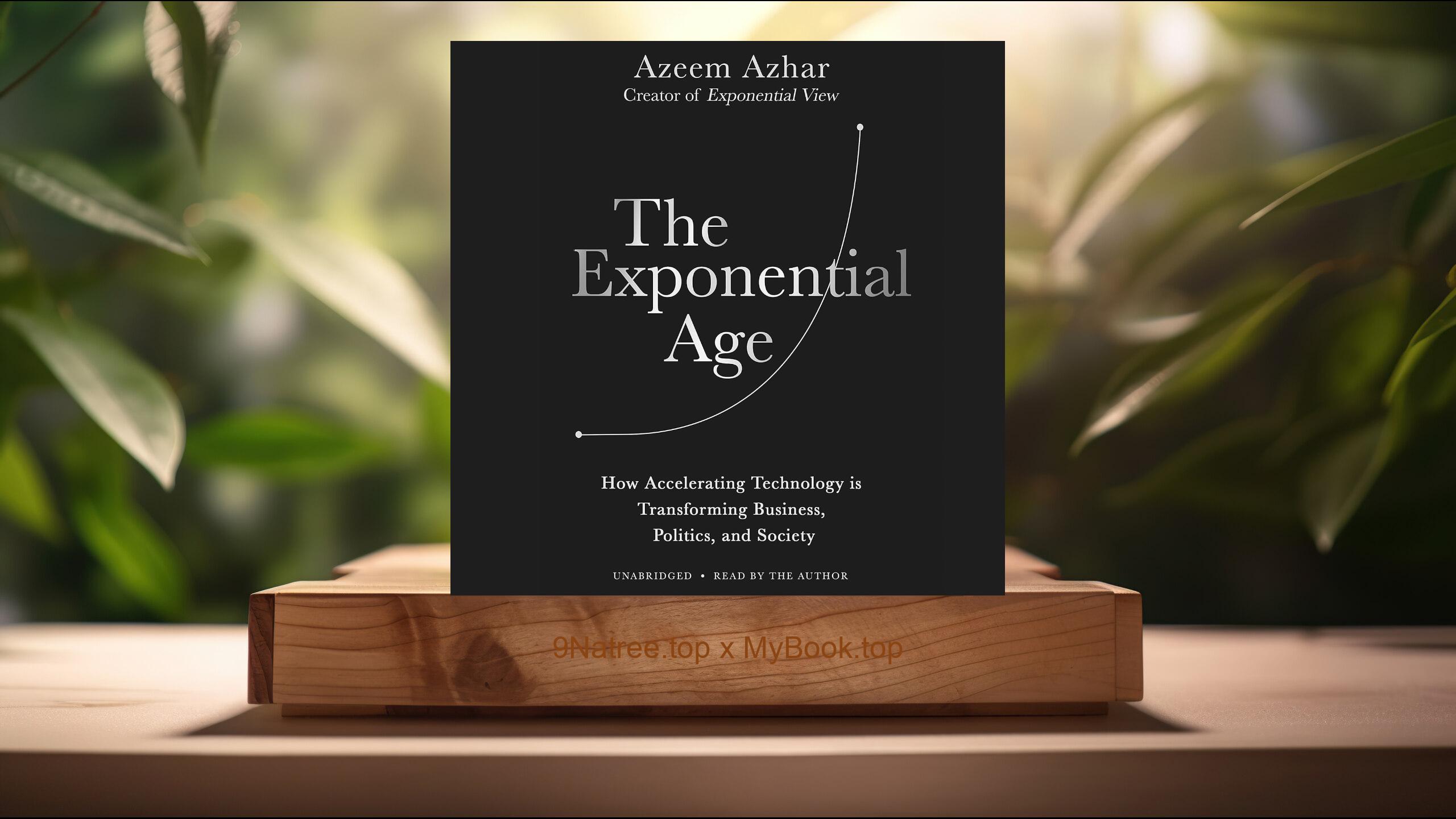Show Notes
- Amazon US Store: https://www.amazon.com/dp/B09T793GV9?tag=9natree-20
- Amazon Worldwide Store: https://global.buys.trade/The-Metaverse-And-How-It-Will-Revolutionize-Everything-Matthew-Ball.html
- Apple Books: https://books.apple.com/us/audiobook/the-metaverse-and-how-it-will-revolutionize-everything/id1639143847?itsct=books_box_link&itscg=30200&ls=1&at=1001l3bAw&ct=9natree
- eBay: https://www.ebay.com/sch/i.html?_nkw=The+Metaverse+And+How+It+Will+Revolutionize+Everything+Matthew+Ball+&mkcid=1&mkrid=711-53200-19255-0&siteid=0&campid=5339060787&customid=9natree&toolid=10001&mkevt=1
- Read more: https://mybook.top/read/B09T793GV9/
#Metaverse #VirtualReality #AugmentedReality #DigitalEconomy #BlockchainTechnology #ArtificialIntelligence #FutureofWork #DigitalInnovation #TheMetaverse
These are takeaways from this book.
Firstly, Definition and Scope of the Metaverse, The first significant topic Ball tackles is the definition and scope of the metaverse. He outlines it as a successor state to the mobile internet—an integrated network of 3D virtual worlds that users can access through a variety of devices. This section delves into the nuanced differences between virtual reality (VR), augmented reality (AR), and the metaverse itself, emphasizing that the metaverse extends beyond just a set of technologies. It represents a new medium for human interaction, enterprise, and entertainment. Ball discusses the essential characteristics of the metaverse, which include its persistence (it never pauses or ends), its synchronicity (it exists in real time for everyone), and its interoperability, allowing assets and identities to move seamlessly across virtual environments. This foundational understanding sets the stage for comprehending the extensive ramifications of the metaverse.
Secondly, Technological Foundations and Innovations, Ball dives into the technological underpinnings crucial for the metaverse's realization, focusing on advancements in VR and AR, blockchain, artificial intelligence (AI), and computing infrastructure. He elucidates how these technologies serve as the building blocks for creating immersive, continuous, and interactive digital worlds. The discussion includes current limitations—such as the need for more powerful computing capabilities and higher internet speeds—and how overcoming these challenges will drive the metaverse's evolution. The significance of blockchain in securing digital ownership, assets, and identities within the metaverse is highlighted, alongside the role of AI in generating dynamic, user-driven content. This section underscores the ongoing technological innovation essential for the metaverse's growth and its potential to foster new forms of connectivity and economy.
Thirdly, Economic Opportunities and Business Models, This topic explores the economic landscape of the metaverse, detailing the vast opportunities it presents for industries ranging from entertainment and gaming to real estate and retail. Ball analyzes different business models that could thrive within the metaverse, including digital goods and services, virtual real estate, and the monetization of virtual experiences and events. He also discusses the potential for a virtual economy that mirrors the real-world economy but with unique characteristics enabled by blockchain technology, such as true digital ownership and the creation of scarce digital assets. The chapter provides insight into how traditional businesses can transition into the metaverse, adapt their strategies, and tap into new revenue streams. Ball makes a compelling case for the metaverse's role in shaping future markets and economies.
Fourthly, Social and Regulatory Implications, Matthew Ball delves into the social dynamics and regulatory challenges the metaverse may present as it becomes an integral part of our daily lives. This includes issues related to privacy, data security, and the digital divide. Ball argues that the metaverse could revolutionize social interactions, offering unprecedented levels of engagement and new forms of community. However, it also raises significant concerns over user safety, data manipulation, and the potential for new types of cybercrime. Furthermore, he discusses the regulatory landscape, emphasizing the need for new frameworks to address the unique challenges of governing a vast, decentralized virtual space. This section alerts readers to the complexities of integrating the metaverse into society and the importance of proactive, inclusive policies to ensure it benefits all segments of the population equally.
Lastly, The Future of Work and Education, The final major topic addresses how the metaverse is poised to transform work and education. Ball examines how virtual spaces can offer more immersive and interactive learning experiences, potentially making education more engaging and accessible than ever before. Similarly, for work, the metaverse promises to redefine remote working by allowing for more nuanced and spatial interactions that mimic physical presence. Ball posits that this could lead to a significant decrease in the necessity for physical travel and offices, with profound implications for urban planning and global carbon emissions. This chapter considers the broader societal impacts, such as the potential for increased work-life balance, but also the challenges in accessibility and the digital divide that need to be overcome for these benefits to be universally realized.
![[Review] The Metaverse: And How It Will Revolutionize Everything (Matthew Ball) Summarized](https://episodes.castos.com/660078c6833215-59505987/images/1870111/c1a-085k3-mk19g6m0smk9-xm0jcq.jpg)




